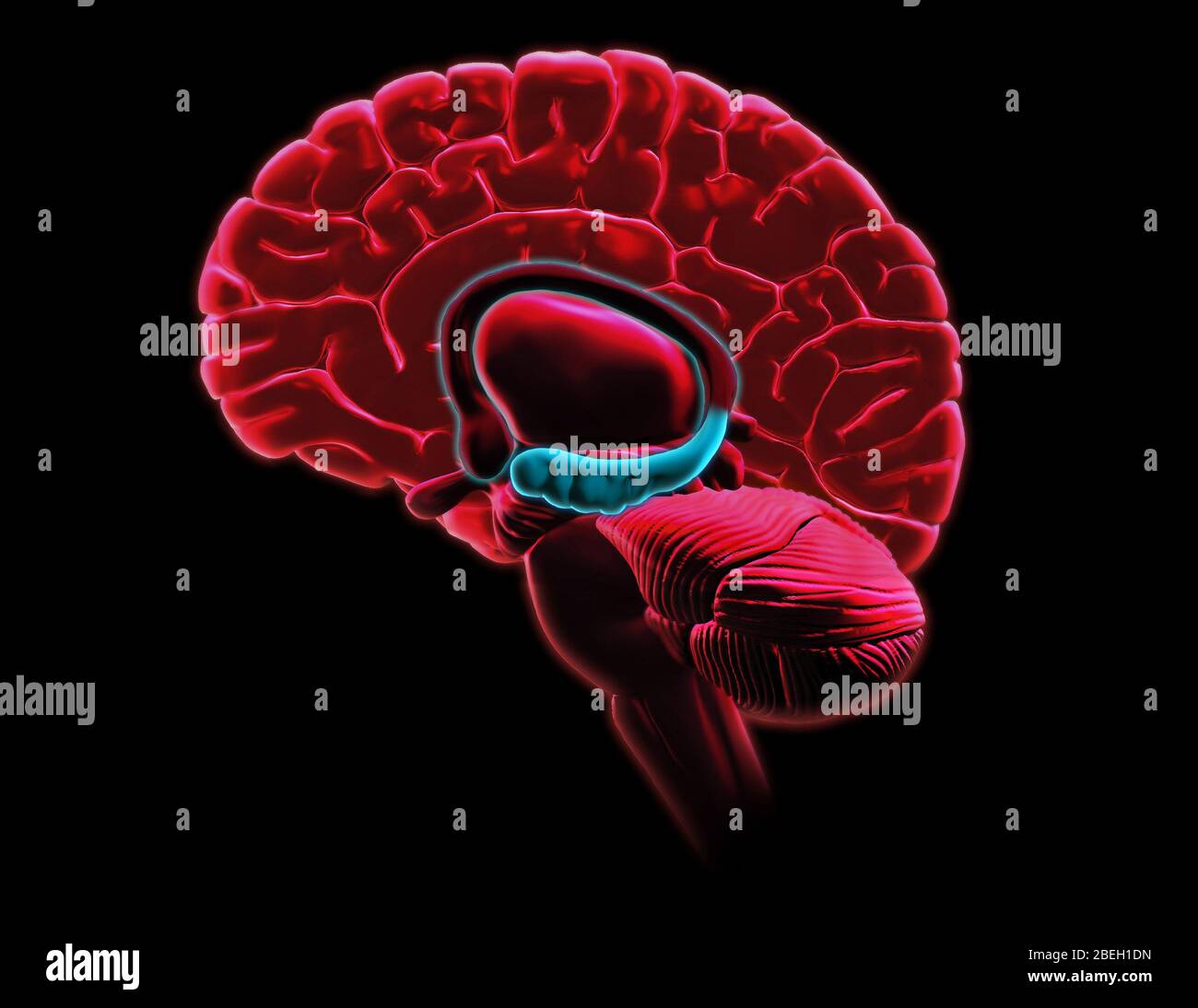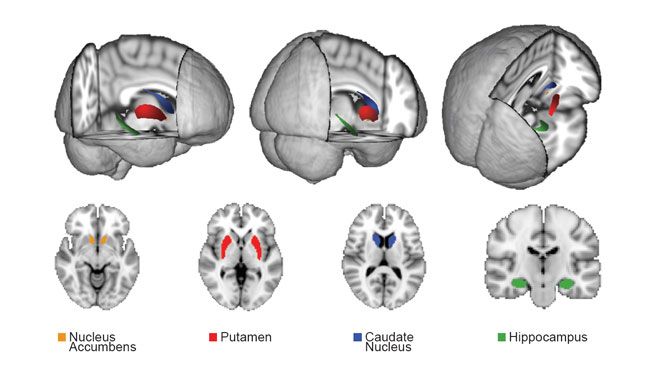


The parts of the CNS work together seamlessly in healthy individuals, allowing the brain to govern functions and behaviors ranging from breathing to reading. This is probably what you think of when you picture the brain-and it is responsible for sensory perception, information processing, and memory, learning, and decision-making. Finally, perched above the brain stem and cerebellum, is the cerebral cortex. The cerebellum, the so-called “little brain,” next to the brain stem, handles balance and coordination of movement.

It also helps conduct information from the brain to the PNS. The brain stem is responsible for autonomic processes, or processes that occur reflexively, like breathing and heart rate. But the CNS may also be discussed in terms of these three sections: the brain stem, the cerebellum, and the cerebral hemispheres. Some further break down the CNS into the hindbrain, the lower part of the brainstem the midbrain, the central part of the brainstem and the forebrain, which includes the cerebral hemispheres. The nervous system has two main parts: the central nervous system (CNS), made up of the spinal cord and the brain and the peripheral nervous system (PNS), the nerves and other types of supporting cells that branch throughout the rest of the body and communicate back to the CNS. The nervous system is a complex network of nerves and cells that carry messages to and from the brain to the rest of the body.
HIPPOCAMPUS ANATOMY VIDEO FULL
While a complete discussion of neuroanatomy is worthy of a thick textbook full of elaborate illustrations, here are some of the basics. Each part of the brain’s intricate configuration works together to govern sensation and perception, information processing, and the initiation of a wide variety of behaviors-and helps us make sense of the world around us. Over the past few hundred years, scientists have learned that the brain has dedicated regions responsible for specific tasks like understanding and producing speech or processing visual and spatial information. Its unique (and complex) three-dimensional architecture plays an important role in deciding upon and issuing those important commands. This specialized organ is responsible for every thought, every feeling, and the vast majority of our actions.


 0 kommentar(er)
0 kommentar(er)
